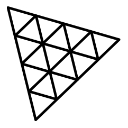✨ Games & Demos
Before diving into web game development, you will probably wonder how far you can go with JavaScript and WebGL. Here is a collection of “HTML5 games” and tech demos that I find particularly impressive and polished.
Tech demos
 Infinite World by Bruno
Simon (source)
Infinite World by Bruno
Simon (source) FPS controls by
Michal Zalobny
(source)
FPS controls by
Michal Zalobny
(source) Spellcaster by Arno Di
Nunzio
Spellcaster by Arno Di
Nunzio three-landscape by Nathan
Pointer (source)
three-landscape by Nathan
Pointer (source) Procedural City by
N8 (source)
Procedural City by
N8 (source) Minecraft Clone by
N8 (source)
Minecraft Clone by
N8 (source) Infinitown by Little
Workshop
Infinitown by Little
Workshop BugBall by John
Cotterell (source)
BugBall by John
Cotterell (source) WindLand by Anderson
Mancini
(article)
WindLand by Anderson
Mancini
(article)
Metaverses
While not technically games, these web-based metaverses are built on top of WebGL and share many of the same challenges and solutions as games.
 Hyperfy (docs)
Hyperfy (docs) Sougen
(info)
Sougen
(info) The Paraverse
The Paraverse Third Room by Matrix
(info,
source – discontinued)
Third Room by Matrix
(info,
source – discontinued) Dverso
(info)
Dverso
(info) oncyber and the Project OO
engine (docs)
oncyber and the Project OO
engine (docs)
WebXR
 Project Flowerbed by Meta
(info,
talk,
source)
Project Flowerbed by Meta
(info,
talk,
source) Spatial Fusion by Meta
Spatial Fusion by Meta Above Par-adowski by
Paradowski
(source)
Above Par-adowski by
Paradowski
(source) The Escape Artist by
Paradowski
(video)
The Escape Artist by
Paradowski
(video) Wonderbricks by
Novelab
Wonderbricks by
Novelab Archery Evolution by Vhite
Rabbit XR
(video)
Archery Evolution by Vhite
Rabbit XR
(video)
WebAssembly
While it is not the focus of this website, it is worth mentioning that it is possible to run native code in the browser using WebAssembly. Here are some examples to give you an idea of the kind of performance you can expect from WebAssembly:
 Flyff Universe by
Gala
Flyff Universe by
Gala Doom 3 by Gabriel
Cuvillier
(article)
Doom 3 by Gabriel
Cuvillier
(article) AngryBots by Jonas
(Unity)
AngryBots by Jonas
(Unity) BananaBread (custom
engine)
BananaBread (custom
engine) Townscaper (80MB) by Oskar
Stålberg
Townscaper (80MB) by Oskar
Stålberg Dead Secret Circle
Web by Robot
Invader (video)
Dead Secret Circle
Web by Robot
Invader (video)
DOM-based games
Instead of drawing graphics on a canvas, you can create 2D games with DOM elements (divs, basically). Manipulating the DOM and using a lot of CSS effects can be expensive for the browser, particularly if you have many elements, but depending on your use case, it might work for you! Here are some examples:

 Kill The King by
Jamie Coulter
Kill The King by
Jamie Coulter
 Hack,
CodepenLife,
Toxic by Jamie
Coulter
Hack,
CodepenLife,
Toxic by Jamie
Coulter
 Danger Crew (talk
1, talk
2) by Drew Conley and
Glenn LaBarre
Danger Crew (talk
1, talk
2) by Drew Conley and
Glenn LaBarre
 Ciabatta’s Revenge
(video) by Drew
Conley
Ciabatta’s Revenge
(video) by Drew
Conley
 Athena Crisis (upcoming) by Christoph
Nakazawa
Athena Crisis (upcoming) by Christoph
Nakazawa
 Wilderplace (Steam-only,
blog, talk) by
Saman Bemel Benrud
Wilderplace (Steam-only,
blog, talk) by
Saman Bemel Benrud Match City
(source) by Dennis Smuda
Match City
(source) by Dennis Smuda The Mine and The
Caretaker are pure CSS (no JS) games by
Jamie Coulter
The Mine and The
Caretaker are pure CSS (no JS) games by
Jamie Coulter
To make this kind of game, you can use a library like React, Vue, or Svelte to help architect your code.







